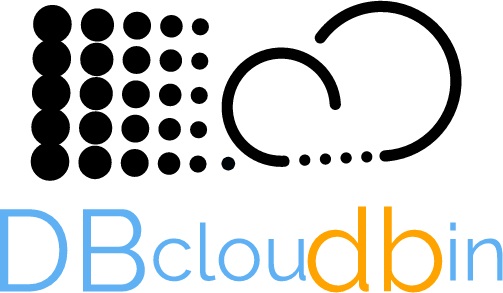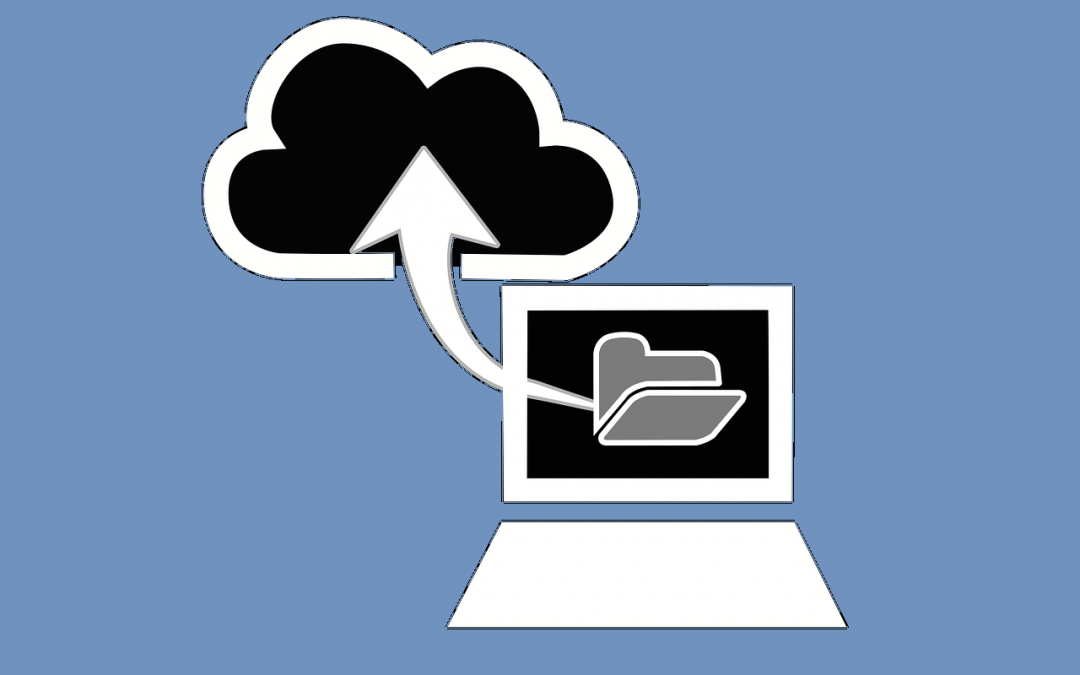
by | | Uncategorized
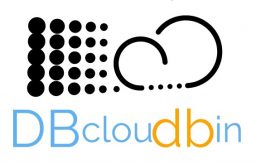
DBcloudbin is designed for reducing your database size by moving binary content (those documents, images, pdfs, …) that many applications store at the database, to a optimized and cheap cloud object storage.
The nice part is that you don’t have to modify your application to do that. We create a transparency layer, based on your application data model to make it compatible with the SQL interaction from your application layer, while enabling you selectively to move content outside of the database, reducing dramatically its size (and, as a logical consequence, the infrastructure and operational costs). Check our detailed savings information and calculator.
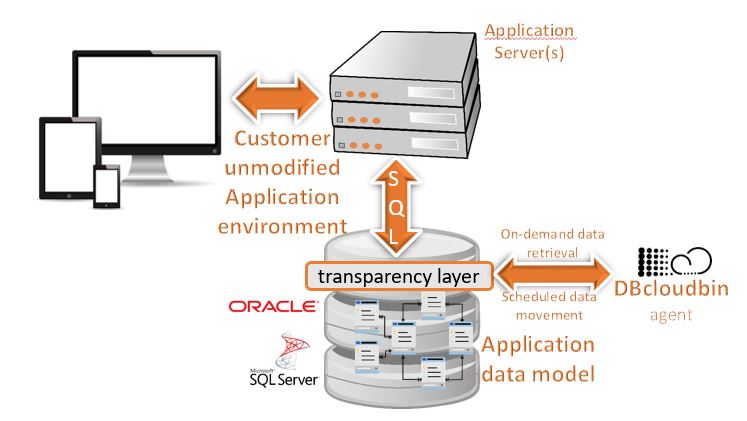
There are two transparency models, called layered (default) or inline. Depending on your application characteristics and maintenance processes you may find more suitable one or the other. Check here for additional details.
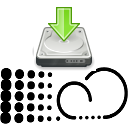
Just download, setup & move your data to the Cloud!
DBcloudbin is simple and effective. You have to run the installer, identify the database schema of your application, select the tables with binary (BLOB) content that are suitable of moving to our object store and it is all set. We provide a CLI command (dbcloudbin) to execute the common tasks as executing archive operations (dbcloudbin archive). In this scenario, you just define the subset of your managed tables you want archive based on SQL logical conditions and (optionally) the -clean argument to erase the BLOB from the database freeing its consumed space. The data is securely stored in our Cloud Object Store and a reference of the location (as well as a encryption key) is saved in your database. When your application issues a SQL query (the same query the application did before dbcloudbin installation), if the data is present locally, it will be served locally; it if is stored at our Cloud Object Store, the database will silently fetch it from our system and serve it to the application, as if it were locally, just with a slightly higher latency. From a application perspective, no changes.
We take very seriously security, both from a data access/data loss perspective and from a data integrity perspective. Check our detailed information on security and data integrity.
Curious? Just check it!! In a nutshell, this is the process:
- Check out our trial and register for the service.
- We will provision 5GB for free for you in our Cloud Object Store, send you the link to our installer and the service credentials.
- Identify a non-production Oracle/SQL Server database and your application instance where you can test the solution.
- Run our setup wizard. It will do everything for you, including the transparency layer creation… Check for detailed setup instructions.
- Test your application to check that it keeps working as expected.
- Run the dbcloudbin archive command to move the subset of content that you decide to our Object Store. Check how the application behaves… it is transactionally consistent, you can do it with your application online!

Where you can use DBcloudbin?
We define the ideal scenario as:
- You are a company with large relation enterprise databases (currently we support Oracle and SQL Server; other RDBMS coming shortly).
- A relevant amount of content stored by application is binary content (documents, videos, pictures, ….) and is stored in the database.
- You have a non-production environment where you can test your application compatibility.
Not sure if your database meet the criteria? Run our RoI tool to check sizing of potentially archivable content and get the potential saving figures!
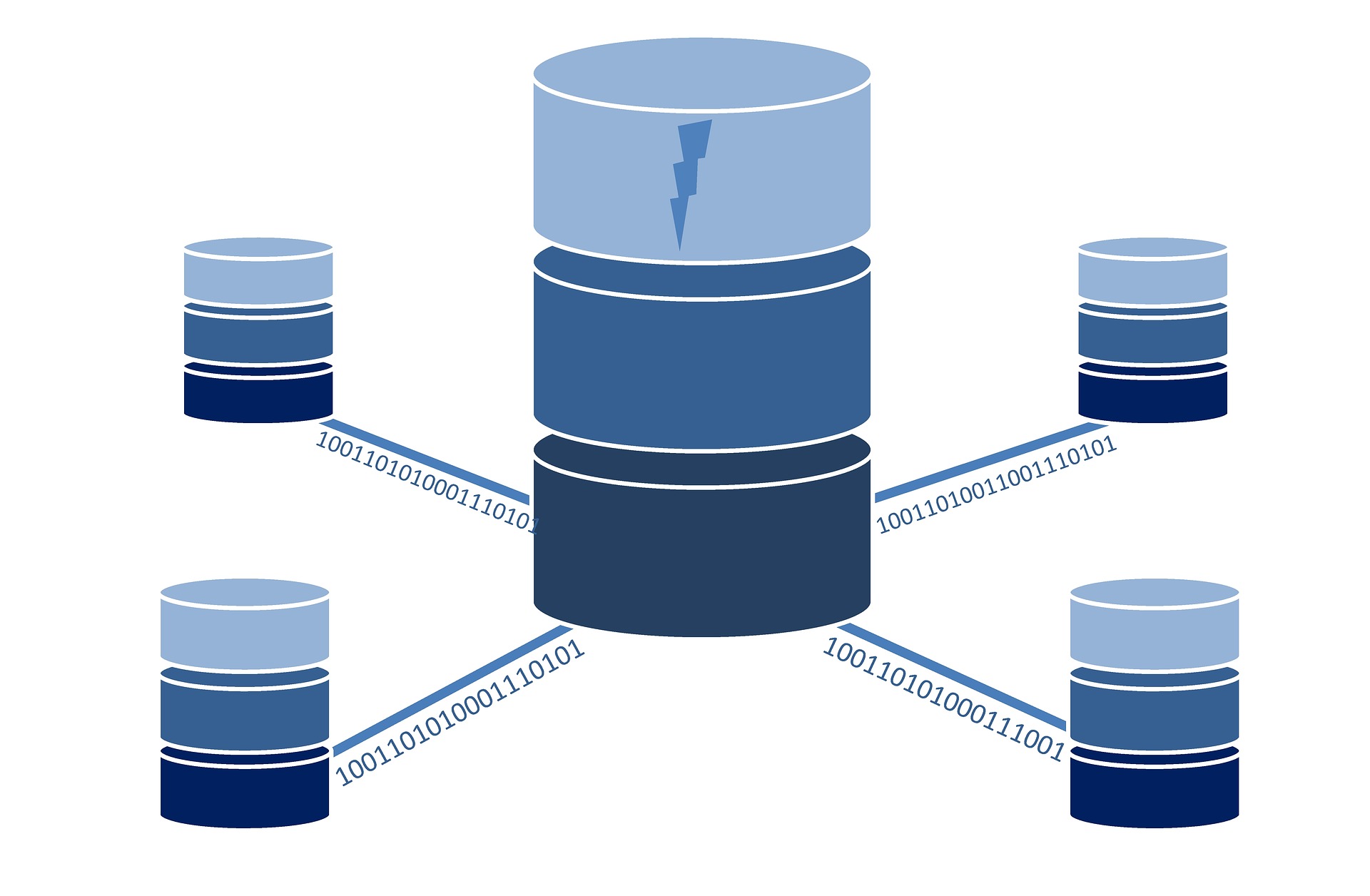
DBcloudbin Solution Architecture
Our architecture is neat and simple. All the complexity is hidden under the covers. We use a DBcloudbin agent (installed as a service in a Windows or Linux host or directly packaged in a virtual appliance in our Cloud marketplace offerings) to act as a bridge between your database and our Cloud Object Store service. A ‘dbcloudbin’ user and schema in your database will store the configuration settings. The installer will create your application’s specific transparency layer to be able to hold the identifiers of the content moved to DBcloudbin Object Store and keep it ‘SQL client compatible’ (so the existing queries, insert, update and deletes your application was issuing before installation, keep working when being issued trough the transparency layer). And that’s all!!

Doubts? keep reading…
What about performance?
Our experience demonstrates that, in many cases, the performance is even better after archiving your BLOB data. The reasons for that claim are:
- Insert operations go always to the database. Moving data to the cloud is an asynchronous, decoupled operation. No impact.
- Read operations of binary data (documents, pictures, …) are in most cases a ‘human action’ (e.g. an operator opening a document in a web interface). Human interactions are in a order of magnitude of seconds, where databases work at millisecond scale. A slightly higher latency you may suffer (providing you have a reliable and performant Internet connection) are almost imperceptible for the human interaction.
- Our solution is backed by a top-class Google Cloud Platform infrastructure with high-end, redundant and parallel service infrastructure. In on-premises scenarios, you should use a well implemented object storage appliance provided by one of our supported manufacturers.
- The dramatic reduction in size in your database after moving the ‘fat’ data to the object storage will produce, among other benefits, a much faster processing of those relational queries that do have real impact on performance (e.g. listing or filtering or reporting data in your application by different criteria). So the end-user will perceive a much more responsive application.
Who can see my data?
Only you :-). More precisely only your database schema and those database users you have allowed to do so. We don’t break the RDBMS security model, so your data keeps as secure as it was before. The same users and roles that had access to the data, will keep having access, and no other ones. When moving data to our Cloud Object Store service, we generate a secure random key to encrypt the content with a secure AES cipher on the fly, storing the key at your database table. So the content lands in our service ciphered, with no possible access to the key. In addition, the transmission channel is secured with an SSL connection.
So, yes, you still have to keep backing up your database; if you loose your database you loose your keys (and hence, your content). But baking up your database with a e.g. 80% reduction in size (the content reference is just a few bytes) is a much easier (and cheaper!) story.
I have a object store and want to keep on-premise
No problem, we have a pluggable architecture where our solution can talk with a variety of Object Store technology from the main manufacturers (Hitachi, Dell-EMC, IBM,…). We provide licenses for any of the supported object storage manufacturers, so your content keeps during the full lifecycle inside your data-center limits. Just contact us and tell us your requirements.
I have my own Cloud Service Provider
That’s fine. We can provide you the logic of the service and you provide the storage directly from your Cloud Service provider. In fact, we have pre-build virtual appliances available at the main Cloud providers (AWS, Azure, Google Cloud Platform). Check our marketplace offerings. If you have additional needs, please contact us and tell us your requirements.
Are you a service provider and want to include DBcloudbin service in your portfolio? contact and we will discuss further.
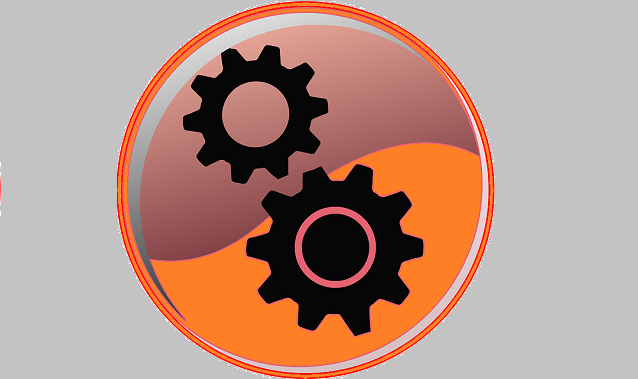
by | | Uncategorized

Installing DBcloudbin cannot be simpler. We do all the heavy lifting for you behind the scenes, with a wizard based setup. The installer will deploy the software, configure it, connect to your database, analyze your data model, identify those tables with binary content, present them for your selection (with the current net storage size of each one) and create the transparency layer in order to enable the transparent content movement to our Cloud Object Store.
Let’s go with the details… (additional configuration information is described in the setup tool itself; read carefully while installing).
First thing first. Let’s discuss the main options:
- Marketplace 1-Click ready vApps. Definitely the simplest way to start with DBcloudbin. We have available ready to use virtual appliances in Azure, Google and AWS ready to just deploy to your Cloud subscription and start reducing your DB infrastructure costs! Check our marketplace section for details.
- Single server installation: This is the simplest ad-hoc setup, valid for small or test environments. In this case, we install everything in one server, that may be the database server or a different one. It depends on your own preferences and if your database is deployed in a DBcloudbin supported platform.
- Multi-server (clustered) installation: This is the recommended scenario for a production deployment where we need to provide high availability and horizontal scalability. In this case, we install the DBcloudbin agent in multiple servers, allowing the database to send requests to any of them. In this case, we have two additional options:
- DB in-host install: Assuming we have a DB cluster with more than one node we may install the DBcloudbin agent in each DB cluster host (providing it is a supported DBcloudbin platform from a OS perspective). This way, we simply configure each DB cluster host to connect to the local DBcloudbin agent; high availability is provided by the DB cluster itself. This is the simplest clustered setup.
- DB external install: In this scenario we install the DBcloudbin agent in several host nodes that are independent from the DB hosts. We do not require any clustering software. In this scenario, we need a network load balancer (NLB), hardware of software, providing the cluster name to be used by the database when sending requests to DBcloudbin agent (they are standard http(s) requests through a configurable port). So, if we configure the DBcloudbin agent to listen at default port 8090, and we setup three hosts where installing the agent, we need to configure a NLB with a FQDN (e.g. “dbcloudbin.myintranet.dom” in the load balancer that provide http balancing for incoming connections to port 8090 onto the three cluster nodes; in this scenario, we will configure the DBcloudbin setup providing “dbcloudbin.myintranet.dom” as the agent host and 8090 as the agent port).
This is the may decision to be planned when installing the software. Let’s see the supported platforms.
An important topic to be clarified here is that by “supported platforms” we mean OS platforms where DBcloudbin software is installed, NOT OS platforms where the Database is installed. If your database is installed in a DBcloudbin supported platform, you have the option to install DBcloudbin in the same DB host; but if it is not, you can still use our solution, but installing it in a independent host that meets our supportability criteria. By ‘supported platform’ we mean platforms where we can accept and commit processing support requests; there is a much broader list of platforms where our software works (basically any modern version of Windows / Linux and many UNIX flavors) but we can only support in a best-effort model.
So, in summary, we have no restrictions on the OS platform where your Database run; just where our software is installed.
Please check our compatibility matrix for detailed information on the supported environments.
DBcloudbin setup installer is comprised of four modules, designed to be potentially executed several times, depending on your requirements and deployment strategy (due to this reason, we don’t register the installation in Windows registry and it does not appear in the server ‘Installed applications’).
- Database server preparation: Once per Database environment. Required as initial setup to have a functional environment.
- Database schema preparation: Typically once per Database schema (one application typically uses one database schema). Required for at least one schema (the schema where our application stores the data)
- Agent installation: One per host where the agent will be installed (depending on your setup strategy described above). Required in at least one host. It may be the same database host.
- DBcloudbin CLI installation: Command line interface (CLI) installation. Once per host or workstation where we need to execute the CLI.
When executing the installer, we can select or deselect those modules, so the installation comprises those parts required. In an initial test setup, we will typically select and install all the modules in a host.

Depending on the modules selected, the installation wizard will present the different information gathering panels and checks, in order to generate a correct installation.
If you are planning to install the agent in several hosts (either at the database hosts or independent hosts) it is important to activate the check of ‘Clustered agent installation’ (in Agent data panel if Database Server preparation module is selected) . This will ensure that all the agent instances in the cluster share and get notified any configuration change. If you already have a non-clustered installation and need to upgrade to a clustered setup, please go to your My-account section in our website and file a support request for configuration instructions through the CLI.
Information to be provided
As a summary, the information you need to collect in order to successfully deploy the solution is:
- DBcloudbin service license: You have to provide your service id and license. This information is generated once you order the DBcloudbin trial and will be sent to you by email. Access the here to request or, if already registered and ordered, here to get the order status and licensing information.
- Database dba credentials: Some setup processes (e.g. defining security configuration to allow the connection from the database with our DBcloudbin agent installed) requires dba privileges (sysadmin in SQL Server). This is ONLY required during setup. We will not store nor use those credentials during the solution operation; DBcloudbin will use a low-privileged database user to create a configuration schema and store configuration settings; this user is automatically created during setup with the password defined by you.
- Schema credentials: In order to automatically create the transparency layer for your application data model during setup, we require the database credentials for the user that is the application tables owner. The setup will automatically inspect the data model and identify those tables that has binary fields (BLOB attributes). Based on that list of tables, you will have the option to select all the tables or a subset of them. You will only be able to archive data from the tables you select at this stage. However, it is supported to re-run the installer again, select the module “Database schema preparation” and select additional tables from the same or different schema if you change your opinion and decide to move data from additional tables.
- Schema mode (transparency layer): In the schema credentials screen there is a check box for showing advanced parameters. If checked on, it displays the box for selecting the schema mode for the transparency layer, either “layered” (default) or “inline”. Check our detailed description of both modes and recommended scenarios at our schema mode post.
It is important to notice that the setup tool will NOT move any data to DBcloudbin Cloud Object Storage. The setup is only adapting the environment to enable this operation. For effectively moving data to the cloud, you have to execute the CLI (see below) either interactively or through a scheduled task at your server.
We provide a graphical user interface for the windows installer. Just double-click on the dbcloudbin-setup.jar and follow the installation instructions. The setup will request Administration rights in order to properly create the installation directory and install the agent service (a DBcloudbin-agent service is installed in the server when selecting the “Agent installation” module).
In the case you need to use a command line based installer (e.g. installing through a console interface) follow the following procedure:
-
- Open a Command Line console with Administration rights.
- Execute the installer through the command “java -jar dbcloudbin-setup.jar -console”
Important note for windows users:
When downloading the dbcloudbin-setup.jar file through a desktop or server with Microsoft Antimalware executable installed and active, the server may take a very long time analyzing the file and preventing its execution (the setup is a large java jar file packed as windows executable and Microsoft Antimalware is extremely inefficient analyzing these type of files). We recommend to close the browser used for downloading the file as a way to cancel the analysis. In the case of any issue downloading or installing our software, please, open a support ticket through the My account area and we will promptly provide an alternate download mechanism.
The Linux based installation is very similar to the Windows installation (the graphical interface is exactly the same) with the following caveats:
- You can use a command line or graphical interface for setting up DBcloudbin. As expected, the graphical interface is more intuitive but both provides the exact same results. Use the option -console for a console based interface.
- From a security perspective, we recommend to use a non-root user for installing DBcloudbin. The DBcloudbin-agent service will run using the user that executes the setup, so it is convenient to use a non-privileged user. However, during setup this user will require sudoable rights (with no password). Those rights can be temporarily granted during setup only (see the detailed instructions below).
- We require a systemd (systemctl) distro in order to setup the DBcloudbin-agent service correctly. If it is not available, the setup will fail.
Detailed recommended instructions:
- Create a linux OS user (e.g.):
sudo useradd –d /home/dbcloudbin dbcloudbin
sudo mkdir /home/dbcloudbin
sudo chown dbcloudbin:users /home/dbcloudbin
- Check that you have installed java 8 64bit. Otherwise install it from Oracle website.
java -version
- In order to run the installer graphical interface, you may need to enable xhost in your current session. E.g.:
xhost +
- Run a shell with dbcloudbin user
sudo su – dbcloudbin
- In order to run the graphical interface instead of the command one, you may need to set the DISPLAY variable to your local session (providing you are running a graphical linux interface):
export DISPLAY=:0.0
- Make it (temporarily) sudoable without password (procedure may vary depending on the linux distro). E.g.:
sudo /usr/sbin/usermod -aG wheel dbcloudbin
java –jar dbcloudbin-setup.jar
- Follow the setup instructions. If you want to change the default setup dir (/usr/local/dbcloudbin) you should create it previously (e.g. mkdir /opt/dbcloudbin; chown dbcloudbin /opt/dbcloudbin)
Checking the installation
Providing that the installation is successful (otherwise, please goto my-account and file a support request), we should check that the solution is working correctly.
The typical and most frequent source of problems is the connectivity from the database with the agent, the agent with DBcloudbin Cloud storage and the command line tool with the database and the agent. So we have to make sure that those connections are possible and there are no problems (routing / firewalling) preventing them.
So, in summary:
- Database hosts have to be able to connect to the agent through the defined port (8090 by default or the one defined at setup).
- DBcloudbin agent have to be able to connect through https (port 443) to https://app.dbcloudbin.com
- The CLI have to be able to connect to the database (using the configured credentials, see CLI section below). This typically suppose ability to reach the database listener in the configured port (by default in Oracle, 1521, SQL Server, 1433). The CLI has also to be able to connect to the agent using the same agent host name and port defined in the setup. So, if we configured “dbcloudbin.mycompany-intranet.int” as the agent host name in setup, the workstation or server where we execute the CLI has to be able to correctly resolve and connect to that DNS address.
Checking that everything is working properly:
- Verify that the agent have started OK after installation:
- Windows. Go to the Windows services and verify that the “DBcloudbin Agent” is installed and running. Go to <INSTALL_DIR>/agent and open the log file (dbcloudbin-agent_out.log). You should see a message like “Started LaunchClustered in xxx seconds (JVM running for xxx )”.
- Linux. Run systemctl status –l DBcloudbin-agent. You should see a state “active (Running)” and the log should show a message like “Started LaunchClustered in xxx seconds (JVM running for xxx )”
- Verify connectivity with the agent
- Now, check that you can reach the agent from other server (specifically from the DB host). If you cannot this may indicate a connectivity/firewall problem
- Open a browser from the database host and open http://<installation_agent_host_ip_or_name>:<agent_port>/rest/blob/read . This should generate a blank page without any http error. In any other case, please verify your communications / firewall setup. The agent port should be open in any active firewall (e.g. in the own host firewall; depending on your windows/linux flavor the correct configuration may vary).
- Verify connectivity with DBcloudbin Cloud Object Store.
- From the agent host, open a browser and connect to https://app.dbcloudbin.com/rest/blob/read. Again, this should generate a “blank” response with no http error. If you see any other error, please check your outbound internet firewall setup.
- If the checking is correct, just try using the CLI (it should be installed in <INSTALL_DIR>/bin). See the section below.
We love that our customers use our technology but if they don’t want it, we ensure they have an easy way to restore their original setup, both in the DBcloudbin host and in the database. Upon install we put an uninstaller in the <INSTALL_DIR>/uninstall folder. Just double click or execute “java –jar dbcloudbin-uninstall-setup.jar” and follow the uninstaller instructions for restoring everything . After full uninstall you should only have the <INSTALL_DIR>/uninstall folder with the uninstaller jar. Just delete them manually.
If you have executed the setup several times (e.g. for installing agent instances in several hosts or for adapting several database schemas) you should run the uninstaller also several times, in the reverse order. (e.g. first uninstall the agent in all the additional hosts where you installed it and finally, uninstall the other modules; the “Database Server Preparation” should be in the last execution).
Once setup, DBcloudbin is easily managed through our CLI. In <install_dir>/bin you have a dbcloudbin command tool. Executing with no arguments you can see the different command verbs. Adding -help option to each command verb, you can see the detailed information on usage, options and arguments.
As we describe in greater detail in our security documentation, DBcloudbin integrates seamlessly with the own database authentication and authorization mechanism so, in order to execute commands to move back and forth content from your database and DBcloudbin Cloud Object Storage, you need to provide correct database credentials as schema owner (that is, the credentials of the datamodel owner; substantially, the ones provided for datamodel adaptation in DBcloudbin setup).
The simplest and more transparent way of doing this is maintaining checked the option provided in the schema model adaptation panel, as shown below in the setup screen figure. If checked, the setup will automatically store those credentials in the OS profile for the user that executed the installation (in the local host where the setup was executed). Those credentials are stored encrypted.
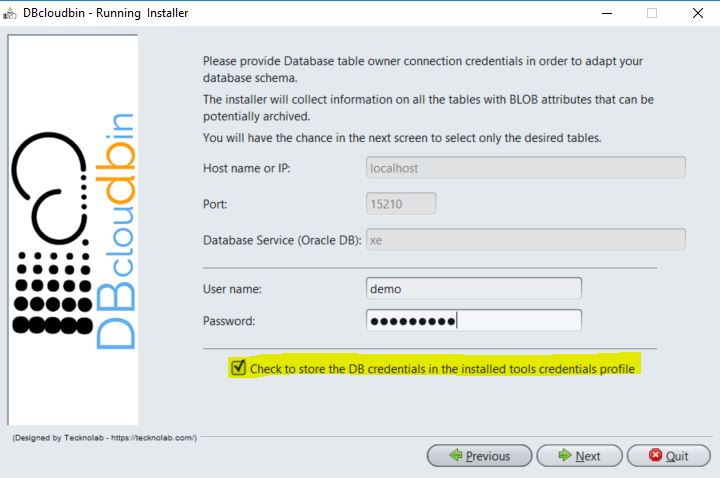
Alternatively, or in the case we have to manage several database schemas (e.g. we have several applications hosted in the same database each one with a different schema), we need to identify the credentials to be used for any archive / restore operation. This is done through the set-credentials verb where we associate a symbolic profile name to a set of credentials (that is, database, host, port, user, password). Once set-up just use the option -session <name> to define the session credentials we want to use. In the case we don’t define a name, those credentials will be considered as the default credentials.
- Info (provide general info for the installation and managed schema)
Executing “dbcloudbin info” within an authenticated session will provide us general information on the setup, as the running binary and DBcloudbin configuration database versions, the managed tables we selected during setup, the name of the ‘transparency layer’ schema/db where the links to the object storage is stored (see schema mode for details) and the name of the links tables in the transparency layer. This is just informational, during DBcloudbin CLI operations you should use always the original managed table name for any archive/restore/purge operations.
- Archiving (move data to DBcloudbin Cloud Object Store)
We use the “archive” verb to copy or move binary (BLOB) data from the managed tables to DBcloudbin Cloud Object Store. Copy or move is governed by the -clean option. We can opt by only copy the data to DBcloudbin Object Store but not deleting it from the database (acting as a sort of backup storage). Using the -clean option, we will effectively move the data, deleting if from the database. This is done through a very secure process to guarantee that the data is only cleaned from the database if it is completely secure at our repository (see our data integrity post for details).
The -where option gives a simple and effective way to provide an arbitrary criteria for defining the rows that will be affected by the operation, allowing us to define the subset of rows that we will move. The argument should be a valid SQL where clause based on our table attributes.
So, if our table “foo_table” that contains our BLOB data has a “modified_date” attribute of type datetime , we can execute an archiving command (and move data not modified in the last e.g. 30 days to DBcloudbin) by issuing (valid for Oracle):
dbcloudbin archive -clean foo_table -where "modified_date < sysdate - 30"
Including this command in a scheduled tool running for example daily, we will ensure our older data is moved to DBcloudbin to free up space in our database, while maintaining access to this information through our application as before.
- Restoring (move data back to our database)
The restore verb is the opposite to archive verb. With restore, we can move data back to our database, either because is a defined policy or because we want to uninstall the solution (we require a full restore of the information before executing a uninstall in order to avoid any data loss).
In the example above if we want to make sure that our hottest data is kept at the database, we should schedule a command like this:
dbcloudbin restore foo_table -where "modified_date > sysdate - 30"
If the data is already at the database, the command has no effects.
In order to provide a simple and effective intrinsic backup mechanism, data is never deleted from the object store upon database deletions. This way, data deleted at the database keeps existing at the object storage; if we need to restore a database backup due to any data loss or corruption, the links to that data will be regenerated and would remain online as if it were restored in the database. The benefit is a much smaller backup and a much faster restore process since ‘fat’ content is not moved, just pointers restored.
When a BLOB object is modified or deleted by the application with a update or delete SQL sentence and the BLOB is already archived in the object storage (so a link to the BLOB is recorded) this link is automatically moved to a purged blobs table (it is automatically generated during setup in the transparency layer and called “dbcloudbin_purged_dbcldbn”). So the object remains unaltered in the object store. You have to explicitly issue a “dbcloudbin purge” to effectively erase the content from the object store. Purge command can receive a list of filter criteria options (the most important are table name and number of days since deleted) so we can easily create a purging scheduled job to purge the deleted objects aligned with our backup retention strategy (e.g. if we have a backup retention policy of 1 year, scheduling a purge job as “dbcloudbin purge -older 365” will ensure that any object deleted 1 year ago or earlier will be finally purged out from the object store.
We have described the main topics regarding DBcloudbin installation and configuration. In the case of doubts or problems, please don’t hesitate to fill a support request through you My-account section.
That’s all folks; go ahead and request your trial!

by | | Uncategorized

DBcloudbin is designed for full application transparency, so that the customer application can keep working with no changes, no matter if the content to be accessed is at the database or at the Cloud object store. Applications keep issuing SQL queries through the database with the exact same query syntax as before. DBcloudbin do the job of taking the content behind the scenes in the case it have been moved to the Cloud.
For achieving that, DBcloudbin creates a ‘transparency layer’ at the database in order to ensure that the application queries remain valid and semantically unaltered and, at the same time, ensuring we record the links to the content moved to the Cloud (so we can retrieve it upon application request).

Achieving application transparency can be done with two strategies and both has its use and target scenarios:
- Layered (default). In this scenario, the transparency layer is completely independent from the application database schema. The application database schema remains with the exact same tables, views, procedures … as before. An additional schema (Oracle) or database (SQLServer) is created in order to hold the transparency layer objects and record the links to objects moved to the Cloud object store.
- Inline. A simpler model, transparency layer is created inside the application database and object links are stored as a new attribute in the table(s) selected for being managed by DBcloudbin.
Independently on the strategy used, DBcloudbin constructs automatically during setup the transparency layer and provides a simple CLI command “dbcloudbin refresh” for updating the transparency layer when the application Dev team makes changes in the data model (e.g. deploy of a new release, apply a patch, …). However, transparency strategy is not modifiable once selected for a specific application database so it is very important to understand both alternatives and the use cases where they fit better.
In a simple sentence, layered mode is powerful and completely transparent but more complex. The main benefit is that decouples very elegantly the application engineering process, ensuring that no one in the Dev team has even to notice about DBcloudbin. Application development can be done with no interference, patches or new releases deployed through a data model that is exactly as defined by the Engineering team. This model also enables to deploy DBcloudbin with commercial applications.
As a downside, the application has to be re-configured after DBcloudbin deployment for connecting through the transparency layer instead of through the native schema. That is, we (typically) need to stop the application, change the DB connection settings and start it again, so in most cases we will have a short service unavailability during setup. We need as well to add a “dbcloudbin refresh” command execution as part of any change management process during application lifecycle that makes any modification in database objects. There are some limitations as well if the application uses native functions or stored procedures (e.g. .NET compiled procedure sin SQL Server) that directly or indirectly references the DBcloudbin managed tables (this is detected and warned during setup).
Layered transparency mode is more suitable for:
- Applications under active maintenance with frequent change releases.
- Commercial applications.
- Applications where Dev team is independent and not controlled by our organization.
Inline model makes changes to the application data model, ensuring that the potential SQL queries that the client application may issue, remains semantically valid. The affected objects are only the tables selected for being managed by DBcloudbin during setup. It is simpler and the client application does not require any reconfiguration, so it can keep online and operational during DBcloudbin setup. It generates less overhead and databases/schemas are not duplicated. However, database change management scripts has to be reviewed for any data model change that affects the managed tables. We provide several ways to make this as much transparent as possible for a DevOps scenario in a detailed whitepaper.
Inline transparency mode is more suitable for:
- Legacy applications with low to none changes and new releases.
- Applications where Dev team is controlled by our organization (either internal or outsourced).

by | | Uncategorized
DBcloudbin is deployed as an online muti-tenant Cloud native service through our dbcloudbin.com site. We have designed and built a modern cloud based architecture with horizontal scalability, inherent redundancy and modern engineering architectural principles in Cloud-native environments, all that layered onto a top class infrastructure service provided by Google Cloud Platform (GCP).
However, we understand that many Enterprise customers have specific requirements (legal, processes or technical) that makes difficult this approach. Leveraging our modern solution architecture, we are able to provide alternate deployment models that can fit your requirements.
DBcloudbin is designed with a pluggable architecture enabling a deep and easy customization. Specifically, we have designed several connectors for 3rd party Object Store providers, so it is quite simple to switch to a different Object Store implementation (in fact, it is hot-swappable online!). It allows hybrid models where part of the data is sent to our online service and part of the data is kept in a 3rd party object store (potentially on-premises). Our roadmap includes also heterogeneous replication models where the data could be replicated through different type of Object Stores.
Our software is conveniently packed in a setup tool but we manage other convenient deployment alternatives for the relevant pieces of the software (as Docker container, virtual appliance VM) enabling simple and alternative deployment models where the back-end pieces are directly managed by our services&operation team while deployed exclusively for you.
In addition, we can decouple the control path and the data transmission path, effectively decoupling concepts as licensing, authentication & authorization from the actual data transmission to and from object stores. This enables alternative deployment models as the ones described below.
We are able to deploy our solution on-site in a on-premises, customer exclusive and dedicated environment, storing the data into one of the object store implementation of top manufacturers (Hitachi, IBM, Dell-EMC, …). You put the infrastructure, we put the service and the data transmission will not trespass your datacenter perimeter.
So, in the case you need for any reason an on-premises installation, please contact us!
Co-located cloud deployment
You may already have a Cloud provider where part or all your IT environment is running. In this case, it may be convenient for your needs, to deploy a dedicated instance of our service running in your Cloud environment, for performance, cost, legal, processes reasons or whatever.
We support as of today Amazon’s AWS service using S3 as object store as well as Google Cloud Platform. Other cloud providers (as Azure) are in roadmap and coming very soon. Please contact us for additional information on this deployment model!






